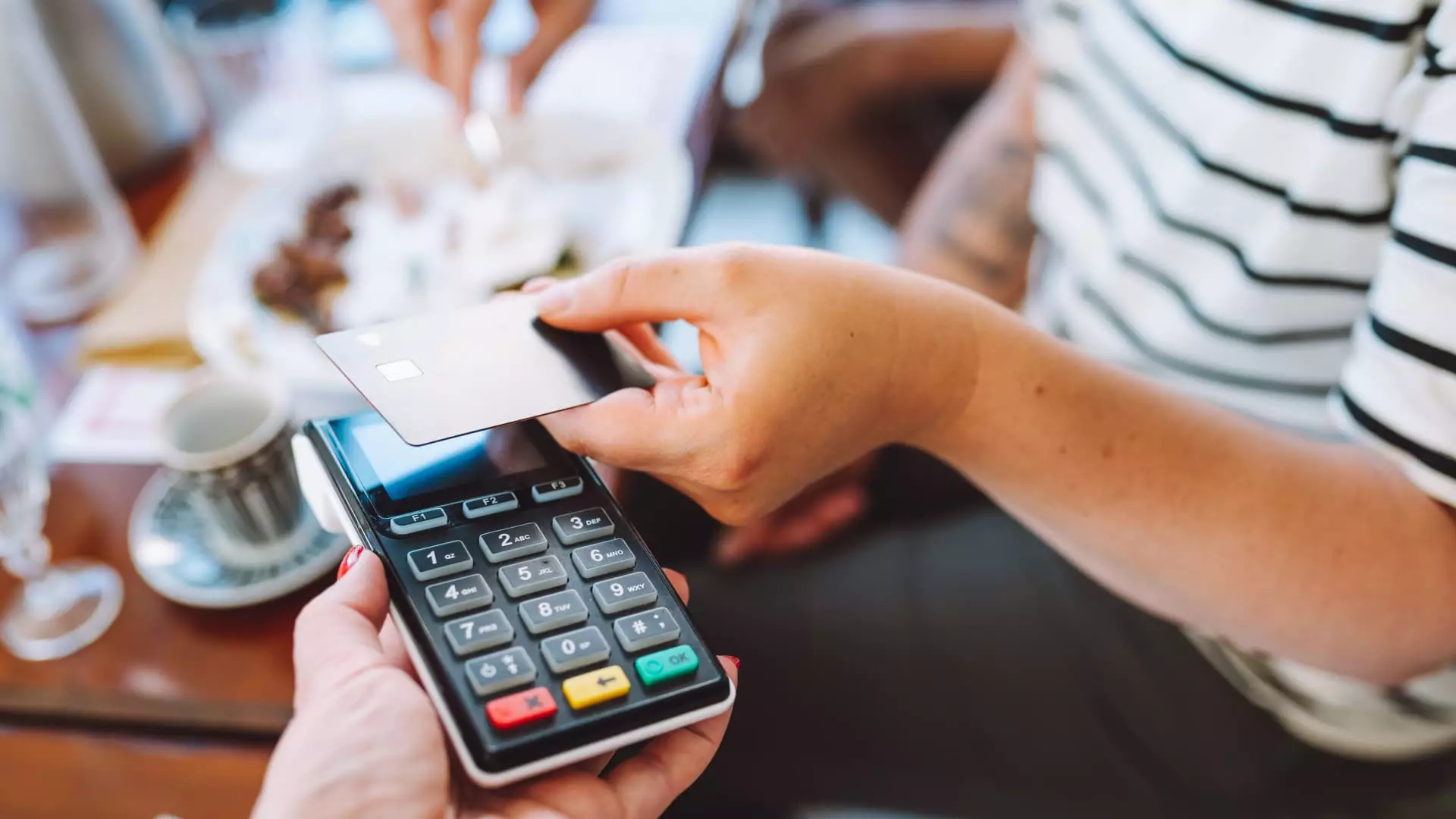In a landscape increasingly characterized by consumer debt, credit cards serve as both a boon and a peril for countless Americans. Amid the familiar perils of mounting monthly payments and high-interest rates lies a less-discussed risk: credit cycling. At first glance, this practice may appear harmless, yet it holds ominous consequences that could ensnare even the most cautious credit card users. Sadly, ignorance remains blissful until the credit score plummets, and suddenly, the pathway to financial stability is riddled with problems.
But what exactly is credit cycling? Simply put, it is the practice of maxing out credit cards and paying the balance down—essentially “working” the credit limit to maintain access to funds. While the thrill of maximizing credit rewards or accommodating larger purchases can be enticing, the reality is that no one should underestimate the implications of skirting the ethical line of responsible credit card usage.
The Illusion of Flexibility
Credit cycling gives an illusion of financial flexibility, persuading individuals to believe that they can stretch their borrowing limits indefinitely. In an age where instant gratification reigns supreme, it becomes tempting to tap into ever-increasing credit capacities for vacations or unexpected home repairs. However, the slippery slope is paved with risks, as habitual cycling can catch the attention of credit card issuers who may not take kindly to customers constantly flirting with their limits.
Ted Rossman, a senior industry analyst, likens falling into the trap of credit cycling to speeding on the highway—it’s exhilarating but dangerous. Cautionary tales abound of people whose accounts were closed, and whose credit scores took a nosedive due to reckless financial behavior. Each reckless purchase chips away at your financial credibility, tilting the scales toward a dismal state of affairs.
The Numbers Don’t Lie
According to Experian, the average American credit card limit stands at a staggering $34,000. Despite such a seemingly generous limit, consumer behaviors illustrate a stark reality: many choose to flirt irresponsibly with their available credit. While the immediate rewards of utilizing a card may seem attractive, let’s not overlook that credit utilization plays a significant role in determining one’s credit score.
Experts recommend maintaining a credit utilization rate below 30%, with less than 10% being ideal for those truly aiming to boost their scores. Relying on credit cycling not only risks exceeding these limits but also leads to unexpected repercussions, such as penalties for going over your limit, interest rate hikes, and ultimately a tarnished financial reputation.
The Hidden Risks of Appearing Risky
The ramifications of credit cycling go beyond simply lowering a score — they can evoke scrutiny from card issuers who are inherently cautious. For banks and lending institutions, consumers who regularly hit their limits present a concerning image: one of instability and potential financial distress. In today’s ever-competitive financial landscape, this may also signify a misalignment with the institution’s terms and conditions.
Bruce McClary, the Senior Vice President at the National Foundation for Credit Counseling, cautions that appearing as a risky user can lead to account closures, resulting in even more damage to a credit score. The vicious cycle perpetuates itself: a lower score translates to higher interest rates, reduced access to credit, and a perpetual game of catch-up instead of forward momentum.
Alternative Strategies for Smart Borrowing
Rather than continuing down the perilous road of credit cycling, wiser consumers should consider requesting higher limits directly from their card issuers. Alternatively, dividing big expenses among multiple credit cards can mitigate risks associated with approaching any one card’s max limit. It’s a game of strategy, demanding vigilance and a clear understanding of one’s financial landscape.
Additionally, a far simpler yet often overlooked approach involves making early payments on credit card balances. Paying down bills mid-cycle leads to a more advantageous credit utilization ratio, as reported to bureaus. Transforming habits is essential, and proactive measures are incredibly effective in enhancing credit scores and ensuring a brighter financial future.
The Bottom Line: Take Credit Control
Credit cycling might seem like a harmless trick in the consumer toolbox, but it carries hefty risks that can undermine financial stability and damage one’s creditability. While the allure of swiftly cycling through credit limits may be tempting, implementing healthier borrowing practices is essential. Avoid falling prey to the illusion of flexibility and instead cultivate responsible strategies that build not only credit scores but solid financial futures. In an age where financial literacy is paramount, equip yourself with knowledge and caution; your future self will thank you.

